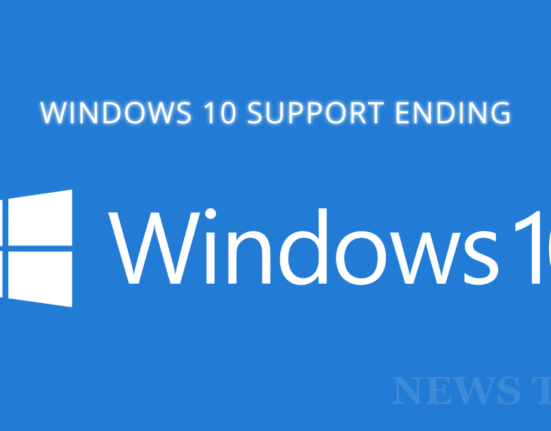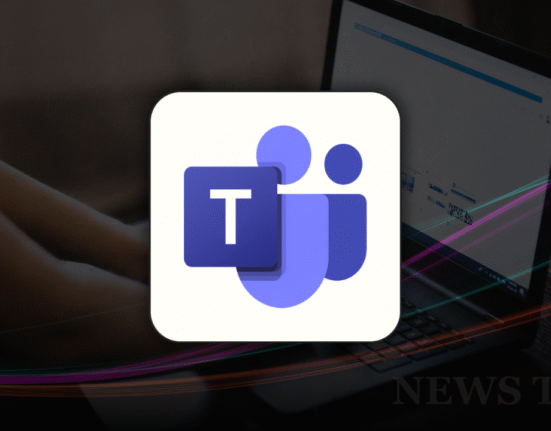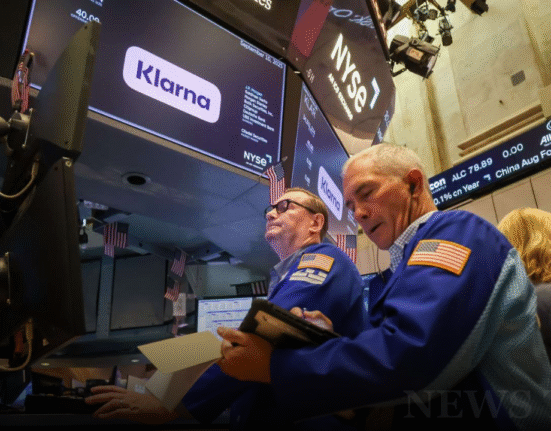
If you’ve ever wondered whether packing your bags for Seattle (or one of Amazon’s many hubs) is worth it, the latest H‑1B filings say a loud “probably.” Amazon salaries disclosed in Q1 2025 paperwork show compensation that routinely crosses the $200,000 mark—before stock refreshers and the mega sign‑ons that Big Tech is famous for. For Indian engineers and analysts dreaming of the U.S. tech scene, these figures aren’t just numbers; they’re a roadmap to what’s possible when your skills line up with one of the world’s most operationally obsessed companies.
In this guide, I’ll unpack the most important pay ranges, explain how Amazon thinks about compensation (levels, role, location), show you where equity and sign‑ons fit, and give you concrete tips to negotiate smartly. We’ll keep it neutral, practical, and AdSense‑friendly—sprinkled with just enough real‑world commentary to make it feel like a human wrote it (because, well, I did).
At a Glance: The Big Ranges You Came For
7 eye‑opening ranges pulled from recent filings
| Role (Entity) | Low End | High End |
|---|---|---|
| Software Development Engineer – Amazon.com Services | $85,384 | $263,700 |
| Software Development Engineer – AWS | $84,094 | $223,600 |
| Software Development Manager – Amazon.com Services | $148,950 | $287,700 |
| Data Scientist – Amazon.com Services | $92,040 | $230,900 |
| Product Manager (Technical) – Amazon.com Services | $136,843 | $235,200 |
| Data Engineer – Amazon.com Services | $70,262 | $236,344 |
| Solutions Architect – AWS | $112,474 | $225,000 |
Why such wide bands? Because role, level (think SDE I vs SDE II vs Senior), and location (Bay Area vs Dallas, for example) all shift target pay significantly.
Amazon pay ranges, broken down by business unit
Below are the ranges reported across various Amazon entities in the filings:
Amazon Data Services
- Software Development Engineer: $108,826 – $223,600
Amazon Development Center US
- Software Development Engineer: $95,493 – $260,600
Amazon Web Services (AWS)
- Business Intelligence Engineer: $96,678 – $176,012
- Enterprise Account Engineer: $103,605 – $238,965
- Professional Services: $105,997 – $218,200
- Software Development Engineer: $84,094 – $223,600
- Solutions Architect: $112,474 – $225,000
- Support Engineer (External): $63,835 – $160,000
Amazon.com Services
- Applied Scientist: $83,491 – $260,000
- Business Analyst: $79,518 – $143,100
- Business Intelligence Engineer: $193,200 (top end listed)
- Data Engineer: $70,262 – $236,344
- Data Scientist: $92,040 – $230,900
- Financial Analyst: $94,300 – $204,028
- Manager, Software Development: $148,950 – $287,700
- Product Manager: $109,782 – $200,000
- Product Manager (Technical): $136,843 – $235,200
- Program Manager: $81,600 – $162,700
- Quality Assurance Engineer: $86,320 – $185,000
- Software Development Engineer: $85,384 – $263,700
- Supply Chain Manager: $77,200 – $168,000
- System Development Engineer: $105,997 – $198,000
- Technical Program Manager: $108,098 – $231,400
How Amazon actually sets compensation (and why yours may differ)
1) Level matters more than anything
Amazon has a well‑known leveling system (L4 to L10+). Most new grad or early‑career engineers start around L4, mid‑career engineers cluster around L5, and senior engineers are L6. The jump from L5 to L6 can dramatically shift both base and equity grants.
2) Location is a multiplier (or divider)
Seattle, the Bay Area, New York, and some high‑cost hubs tend to pay more, but not always as much as you’d expect vs. their cost of living. Lower‑cost cities (Austin, Arlington, Nashville) frequently come in with slightly lower bases but competitive equity.
3) Equity (RSUs) and sign‑on bonuses are the hidden levers
H‑1B filings mostly reflect base salary (and sometimes a “total comp” number is not fully represented). Amazon is famous for:
- Front‑loaded sign‑on bonuses (often split over Years 1 and 2)
- Back‑weighted RSU vesting schedules (e.g., 5% / 15% / 40% / 40% over 4 years is the traditional pattern, though it can change by level or org)
- Annual refreshers if you’re performing well
4) Role family = different market maps
- Engineering & Applied Science: higher ceiling, especially at senior levels (L6+)
- Product & Program: strong mid-to-high base, competitive equity, heavy on impact narratives during negotiations
- Finance & Ops: lower ceilings vs. top-tier engineering numbers, but career growth tracks well to leadership
Deep dive: What the top roles are pulling
Software Development Engineers (SDEs)
- Ranges cited: $84,094 – $263,700 (entity-dependent)
- Who hits the high end? Senior SDEs (L6), top locations, niche teams (e.g., low-latency, ML platform, critical infra)
- Reality check: Your total comp could far exceed the top base range if RSUs and sign-ons are meaty.
Software Development Managers (SDMs)
- Up to: $287,700
- People leadership + delivery accountability = higher comp despite similar technical depth to senior ICs.
Data Scientists & Applied Scientists
- Up to: $230,900 (Data Scientist), $260,000 (Applied Scientist)
- Applied Scientists (especially in ML/NLP/optimization) often compete neck-and-neck with senior SDEs.
Product Manager (Technical)
- Up to: $235,200
- TPMs who can write great docs, influence across orgs, and translate customer needs into technical specs are gold.
Data Engineers
- Up to: $236,344
- The rise of data platform engineering (governance, lakehouses, warehouse optimization, real-time pipelines) is driving comp.
Solutions Architects (AWS)
- Up to: $225,000
- Heavy on customer-facing architecture, less internal product. Often great for senior engineers who love pre-sales and breadth over depth.
H‑1B compensation at Amazon: How filings really work
- The figures you see in public filings are Labor Condition Application (LCA) disclosures, which list prevailing wage levels and offered ranges.
- These don’t always include equity or sign-ons and sometimes reflect a band rather than the exact number a candidate received.
- You can negotiate—LCAs reveal what’s possible, not necessarily what’s offered on the first call.
What these numbers don’t tell you (but you need to know)
- Equity refreshers can be a material part of total comp from Year 2 onward.
- Sign-ons bridge vesting cliffs—vital in back‑loaded equity schedules.
- Performance calibration at Amazon is ruthless (famously “Leadership Principles–driven”). Your upside grows if you can show measurable, customer‑obsessed wins.
- Internal transfers can adjust your pay—especially if you move to higher-comp orgs or geos.
- Location shifts post-hire (e.g., moving to a higher-cost office) may lead to comp re-leveling. Don’t assume it’s automatic.
How to negotiate smartly (even with a tight immigration timeline)
Before the offer:
- Benchmark by level and org (AWS vs. Devices vs. Retail vs. Ops Tech).
- Use public filings to set your anchor. They’re fair game.
- Prepare a two-track ask: one for base & sign-on, another for equity.
During the offer:
- Ask for both Years 1 and 2 sign-ons to be maximized.
- Request clarity on RSU vesting schedule and refreshers.
- If you have competing offers, translate them to annualized total comp for apples-to-apples comparison.
After you accept:
- Track impact in PR/FAQ documents, OPS milestones, and metrics—the stuff promotions and refreshers are made of.
- Revisit comp during re-leveling or transfer moments. Those are leverage windows.
The transparency from H‑1B filings gives us a rare peek into how one of the world’s most influential companies pays its global talent. Whether you’re an SDE, a TPM, or a data scientist, the top of the band is real—and so is the gap between base salary and total compensation once equity and sign-ons enter the chat. If you’re targeting Amazon this year, benchmark hard, negotiate confidently, and track your impact once inside.






